Table of Contents
Water damage on hardwood floor isn’t always as obvious as warped boards or visible stains. Sometimes, the real threat hides beneath the surface, quietly turning your beautiful flooring into a breeding ground for mold.
If you’ve ever spilled water or experienced a leak on hardwood, you might think a quick mop-up solves the issue. Unfortunately, in a climate like Santa Rosa Beach, where humidity levels remain high year-round, that moisture doesn’t always evaporate. Instead, it seeps through the wood, settles in the subfloor, and starts creating problems you can’t see—until it’s too late.
Why Water Damage on Hardwood Floor Is a Silent Destroyer
Hardwood is naturally porous. Even well-finished planks can absorb moisture from spills, humidity, or minor leaks. That water doesn’t just vanish—it lingers, often sinking deeper with each passing day.
When this happens, mold spores find an ideal environment: dark, moist, and undisturbed. Over time, mold compromises the integrity of your flooring, threatens your indoor air quality, and impacts your family’s health.
Early Signs of Water Damage on Hardwood Floor
Recognizing water damage early is key. Here are subtle but crucial signs to look for:
- Cupping or crowning boards
- A musty smell that won’t go away
- Dark spots or gray discoloration
- Peeling or cracked floor finish
- Warping around the edges
If you notice one or more of these signs, it’s time to act quickly.
How Does Mold Form from Water Damage on Hardwood Floor?
Moisture feeds mold. In Santa Rosa Beach, even a short-lived leak can spark mold growth under your floors.
Once water gets trapped between the hardwood and the subfloor, oxygen and organic materials (like wood fibers and dust) provide mold everything it needs to grow. Mold can start forming within 24 to 48 hours of exposure.
The Health Risks of Mold from Water Damage on Hardwood Floor
Mold exposure can trigger serious health problems, especially for children, seniors, and those with asthma or allergies. Common symptoms include:
- Persistent coughing or wheezing
- Runny nose and watery eyes
- Headaches and dizziness
- Fatigue and brain fog
Even if you feel fine, mold can affect indoor air quality and silently damage your home’s infrastructure.
Common Causes of Water Damage on Hardwood Floor
Here’s what commonly leads to hidden floor damage:
- Burst pipes or slow leaks
- High indoor humidity
- Flooding from storms
- Faulty appliances (dishwashers, washers, refrigerators)
- Wet mopping or using too much water for cleaning
Santa Rosa Beach’s coastal humidity makes all of the above even riskier.
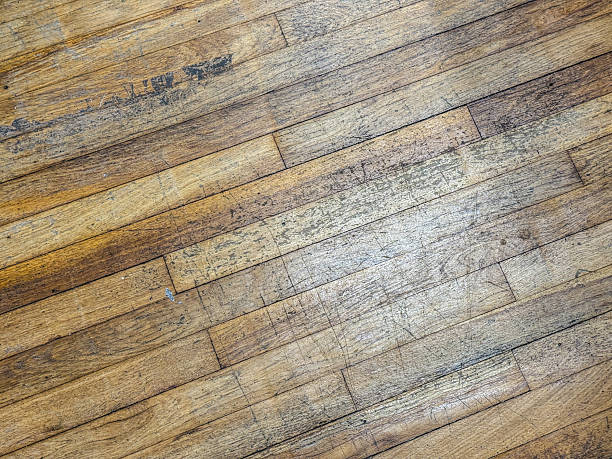
What NOT to Do When You Suspect Water Damage on Hardwood Floor
- Don’t ignore the smell
- Don’t cover the area with rugs or furniture
- Don’t attempt DIY drying with fans or heaters
These actions can worsen the damage or even help mold spread throughout your home.
What TO Do Instead
Call a professional like PuroClean of Santa Rosa Beach. We use advanced moisture meters, thermal imaging, and air sampling to diagnose hidden mold and damage under your hardwood floors. We’ll assess whether your flooring can be saved or if professional removal is required.
Learn more about how mold affects wood structures from trusted sources like the EPA Mold Guide.
Professional Mold Removal for Water Damage on Hardwood Floor
Once detected, the remediation process involves:
- Containing the affected area
- Using HEPA-filtered air scrubbers
- Safely removing contaminated flooring
- Treating subfloors with antimicrobial agents
- Drying with industrial-grade dehumidifiers
- Rebuilding and restoring the space
At PuroClean, we follow IICRC guidelines and use industry-best tools to ensure the mold is fully eliminated.
FAQs: Water Damage on Hardwood Floor
Q1: How quickly can water damage cause mold under hardwood floors?
A: Mold can start forming within 24–48 hours, especially in humid environments like Santa Rosa Beach.
Q2: Can I use a dehumidifier to dry water under my hardwood floors?
A: A dehumidifier helps control humidity but won’t remove deeply trapped moisture. You need professional drying equipment.
Q3: Will insurance cover water damage on hardwood floor?
A: It depends. Sudden events like pipe bursts are usually covered. Gradual leaks or mold from negligence may not be.
Q4: Do I need to replace all hardwood flooring?
A: Not always. PuroClean can determine which areas are salvageable and replace only the affected planks.
Q5: How do I prevent water damage on hardwood floor in the future?
A: Install a vapor barrier, maintain indoor humidity below 50%, and inspect plumbing and appliances regularly.
Don’t Let Mold Linger – Call PuroClean of Santa Rosa Beach
When it comes to water damage on hardwood floor, time is your enemy. What looks like a small issue today can become a costly, health-threatening problem tomorrow.
PuroClean of Santa Rosa Beach is available 24/7 to inspect, remediate, and restore your home safely. Our certified technicians respond fast, use top-tier tools, and help you navigate insurance claims every step of the way.
📞 Call (850) 399-3380 now to schedule your mold inspection. Learn more about our Mold Removal Services
Let us help you breathe easier, live safer, and protect your investment—starting beneath the surface.
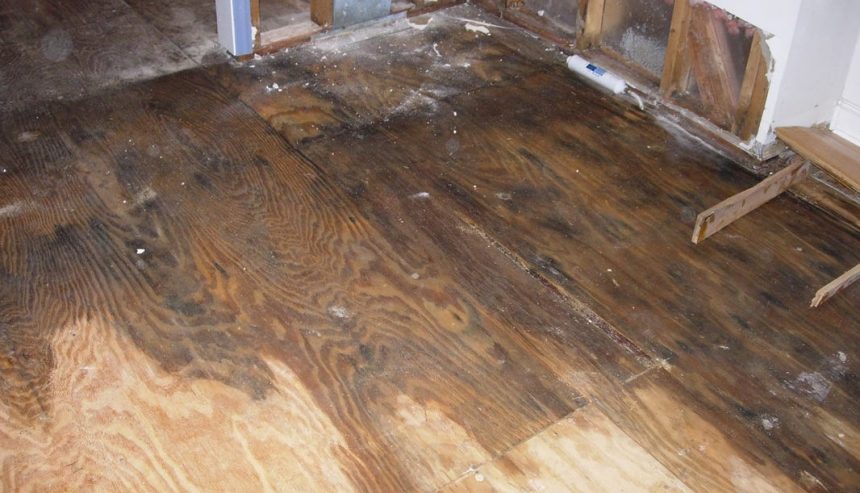
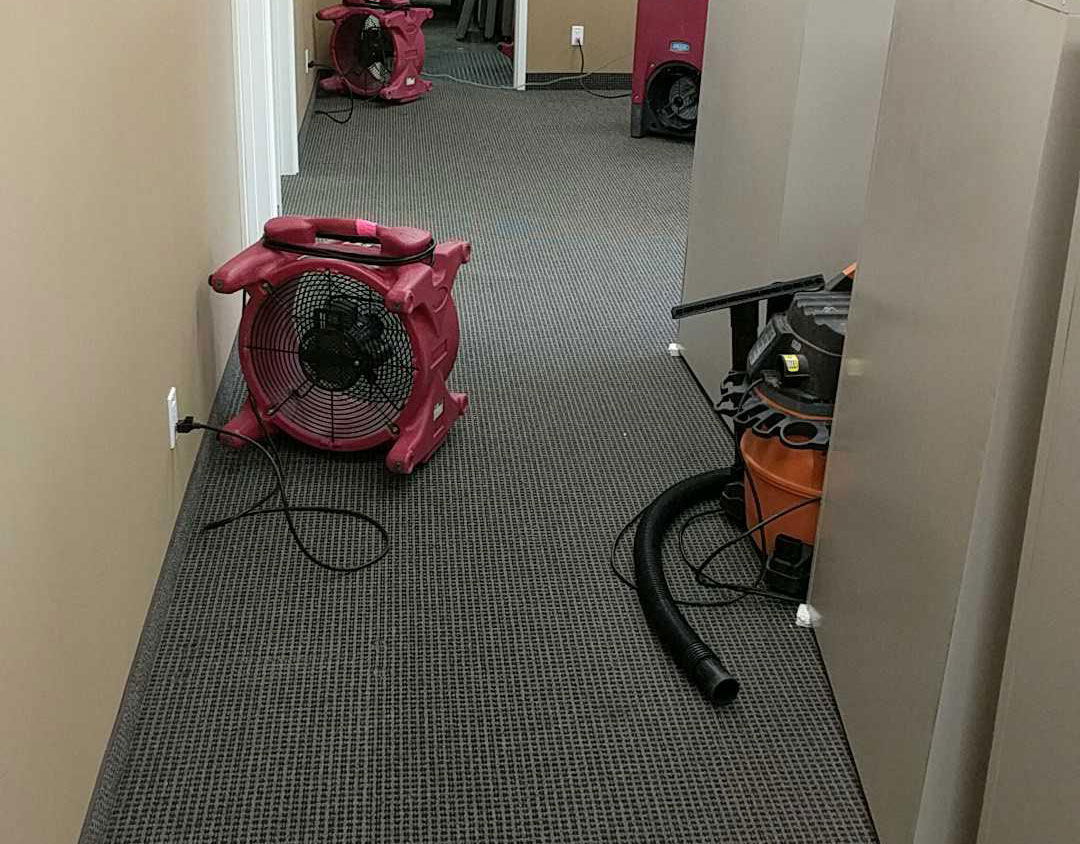
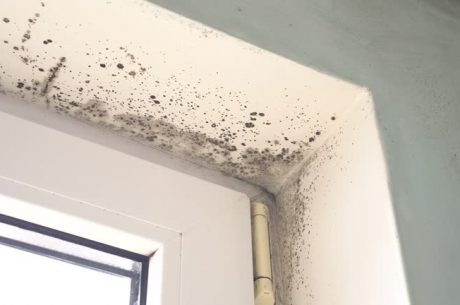
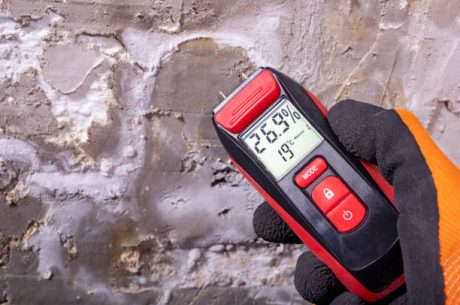
 PuroClean of Santa Rosa Beach
PuroClean of Santa Rosa Beach